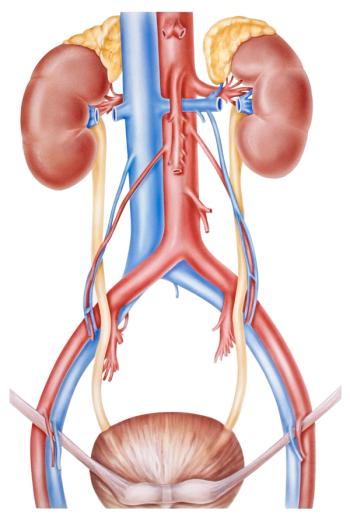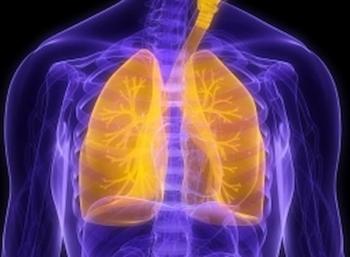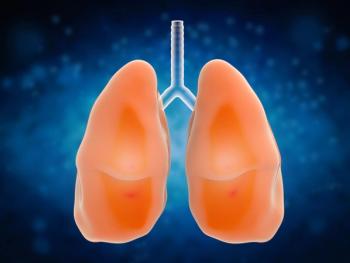
- ONCOLOGY Vol 22 No 11
- Volume 22
- Issue 11
Radiation Added to Hormone Therapy Increases Survival for Men With Prostate Cancer
For men with locally advanced prostate cancer, the addition of radiation treatment to antiandrogen hormone therapy reduces the risk of dying of prostate cancer by 50% compared to those who have antiandrogen hormone treatment alone, according to a randomized study presented September 22, 2008, during the plenary session of the American Society for Therapeutic Radiology and Oncology’s 50th Annual Meeting in Boston.
For men with locally advanced prostate cancer, the addition of radiation treatment to antiandrogen hormone therapy reduces the risk of dying of prostate cancer by 50% compared to those who have antiandrogen hormone treatment alone, according to a randomized study presented September 22, 2008, during the plenary session of the American Society for Therapeutic Radiology and Oncology’s 50th Annual Meeting in Boston.
Key Finding
“This randomized trial is the first to show that men with locally advanced prostate cancer will survive substantially longer when radiation is added to their treatment plan,” said Anders Widmark, md, lead author of the study and a professor in radiation oncology at Umea University in Umea, Sweden. “I would encourage men with locally advanced prostate cancer to talk to their doctor to see if they would be a good candidate for radiation therapy in addition to hormone treatment.”
The study involved 880 patients with locally advanced prostate cancer who were randomly assigned to receive 3 months of intense hormone therapy (temporary castration) called total elimination of androgens in the body (total androgen blockade) followed by continuous antiandrogen therapy, allowing the testosterone to come back or the same hormonal treatment combined with radiation therapy between February 1996 to December 2002.
Findings show that 18% of patients who underwent hormone therapy alone died of prostate cancer, compared to 9% of those who had both hormone and radiation treatment. The quality of life at 4 years after treatment was similar between the two study groups, with the exception of decreased social function, which was observed in the patients who received the combined radiation-hormone treatment.
Articles in this issue
about 17 years ago
Challenges on the Road to Treatment Advances for Pancreatic Cancerabout 17 years ago
Treating Localized Pancreatic Cancer: When and How?about 17 years ago
Severe Stress More Common Among Long-Term Cancer Survivors, Study Showsabout 17 years ago
Milk Thistleabout 17 years ago
What Is the Optimal Treatment of Localized Pancreatic Adenocarcinoma?Newsletter
Stay up to date on recent advances in the multidisciplinary approach to cancer.




















































































